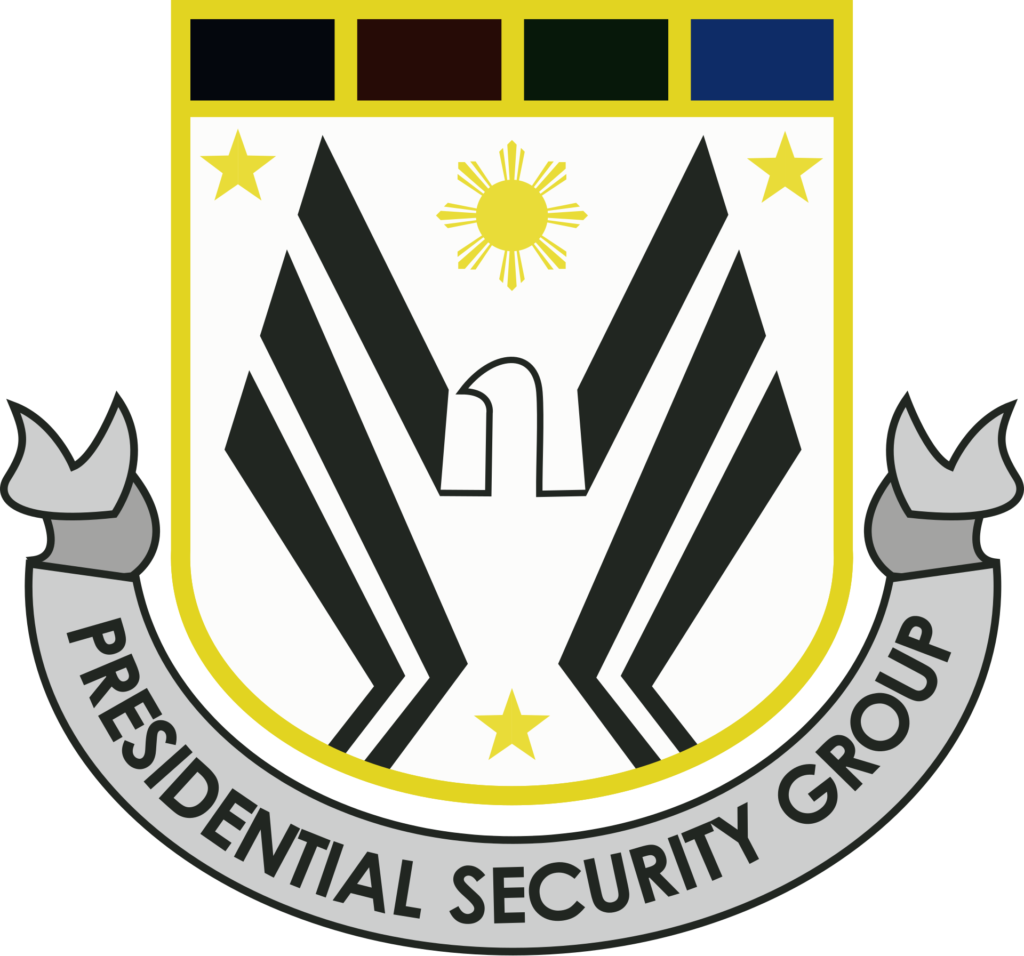The Philippines’ complex relationship with skin color can be traced back to over three centuries of Spanish colonial rule, from 1521 to 1898. During this period, the Spanish established a social hierarchy that privileged those with lighter skin, creating a lasting association between skin color and social status. The Spanish colonizers introduced the concept of “blanqueamiento” or whitening, which promoted the idea that lighter skin was superior and more desirable. This colonial mentality was reinforced through various social, economic, and political structures that gave preferential treatment to those with European features and lighter complexions. The Spanish casta system, which classified people based on their racial ancestry and skin color, institutionalized these prejudices and created lasting social divisions that continue to influence Filipino society today.
American Colonial Period and Media Influence
The subsequent American colonial period (1898-1946) further reinforced these beauty standards through new forms of media and advertising. The Americans introduced modern mass media, including magazines, movies, and later television, which predominantly featured Western beauty ideals. American products, particularly skin-lightening creams and soaps, began flooding the Philippine market during this period, marketing the concept that lighter skin was a prerequisite for success and social mobility. This period saw the emergence of a more sophisticated commercial beauty industry that capitalized on and reinforced existing colorist attitudes within Filipino society.
Contemporary Beauty Standards and Economic Impact
The Modern Skin Whitening Industry
The skin whitening industry in the Philippines has grown into a multi-billion peso market, reflecting the deep-seated cultural preference for lighter skin. According to market research firm Euromonitor International, the Philippine whitening product market showed significant growth from 2016 to 2021:
| Year | Market Value (in Billion Pesos) | Growth Rate |
|---|---|---|
| 2016 | 27.3 | – |
| 2018 | 31.2 | 14.3% |
| 2020 | 35.8 | 14.7% |
| 2021 | 38.6 | 7.8% |
Source: Euromonitor International Market Research, 2022
Employment and Social Mobility
Studies have shown a correlation between skin tone and employment opportunities in the Philippines. A 2019 study by the University of the Philippines School of Labor and Industrial Relations revealed concerning statistics about discrimination based on physical appearance in the workplace:
| Discrimination Factor | Percentage of Respondents Affected |
|---|---|
| Skin Color | 32% |
| Height/Weight | 28% |
| Facial Features | 24% |
| Other Physical Attributes | 16% |
Source: UP SOLAIR Employment Discrimination Study, 2019
Media Representation and Popular Culture
Television and Advertising
The Philippine entertainment industry has long been criticized for its lack of diversity in representation, particularly regarding skin color. A content analysis of prime-time television shows in 2020 revealed striking patterns in casting choices:
| Actor Category | Light-Skinned (%) | Moreno/Morena (%) | Dark-Skinned (%) |
|---|---|---|---|
| Lead Roles | 78.5 | 19.2 | 2.3 |
| Supporting Roles | 52.3 | 35.4 | 12.3 |
| Background Roles | 41.2 | 42.6 | 16.2 |
Source: Philippine Media Research Council, 2020
Beauty Pageants and Cultural Impact
Beauty pageants hold significant cultural importance in the Philippines, often reinforcing existing beauty standards while occasionally challenging them. The country’s success in international pageants has been remarkable, but it has also sparked discussions about representation and diversity. Filipino beauty queens who have achieved international success represent a wide range of physical features, though there remains a noticeable preference for contestants with lighter skin tones and Eurocentric features.
Social Movements and Resistance
Digital Activism and Social Media
Recent years have seen the emergence of social media movements challenging traditional beauty standards in the Philippines. Hashtag campaigns and online communities have created spaces for discussing and challenging colorism. Social media analytics from 2023 show increasing engagement with content promoting natural beauty and skin color acceptance:
| Platform | Pro-Natural Beauty Posts | Average Engagement Rate | Year-over-Year Growth |
|---|---|---|---|
| 245,000 posts | 4.8% | +32% | |
| TikTok | 890,000 videos | 6.2% | +45% |
| 156,000 posts | 3.9% | +28% |
Source: Social Media Analytics Report, Digital Philippines 2023
Educational Initiatives and Advocacy
Various organizations and academic institutions have launched programs to address colorism and promote self-acceptance. These initiatives have shown promising results in changing attitudes among younger Filipinos:
| Age Group | Support for Natural Skin Color (2018) | Support for Natural Skin Color (2023) | Change |
|---|---|---|---|
| 15-24 | 45% | 68% | +23% |
| 25-34 | 38% | 57% | +19% |
| 35-44 | 32% | 48% | +16% |
| 45+ | 28% | 41% | +13% |
Source: Philippine Social Attitudes Survey, 2023
Health and Safety Concerns
Regulatory Challenges and Consumer Protection
The widespread use of skin whitening products has raised significant health concerns. The Food and Drug Administration (FDA) of the Philippines has reported alarming statistics regarding unsafe skin whitening products:
| Year | Products Tested | Failed Safety Standards | Mercury Content Above Legal Limit |
|---|---|---|---|
| 2019 | 1,200 | 23% | 15% |
| 2020 | 1,450 | 25% | 18% |
| 2021 | 1,680 | 28% | 21% |
| 2022 | 1,890 | 30% | 24% |
Source: Philippine FDA Annual Reports, 2019-2022
Medical Impact and Public Health
Healthcare professionals have documented various adverse effects from the use of unregulated skin whitening products. The Department of Health has recorded increasing cases of skin-related health issues:
| Health Issue | 2020 Cases | 2021 Cases | 2022 Cases | Increase (2020-2022) |
|---|---|---|---|---|
| Skin Irritation | 3,450 | 4,230 | 5,180 | 50.1% |
| Chemical Burns | 890 | 1,120 | 1,450 | 62.9% |
| Mercury Poisoning | 234 | 312 | 389 | 66.2% |
Source: Department of Health Statistical Report, 2022
Economic and Social Implications
Marketing and Advertising Expenditure
The beauty and personal care industry’s marketing efforts reflect the continued emphasis on skin whitening:
| Marketing Channel | Annual Spending (Million Pesos) | % of Total Beauty Marketing |
|---|---|---|
| Television | 4,520 | 42% |
| Digital | 2,890 | 27% |
| 1,340 | 12% | |
| Outdoor | 980 | 9% |
| Others | 1,070 | 10% |
Source: Philippine Advertising Industry Report, 2023
Socioeconomic Impact
Research indicates that skin color continues to influence socioeconomic outcomes:
| Income Level | Light-Skinned (%) | Medium-Skinned (%) | Dark-Skinned (%) |
|---|---|---|---|
| Upper Class | 68 | 24 | 8 |
| Middle Class | 52 | 35 | 13 |
| Lower Class | 31 | 42 | 27 |
Source: Philippine Institute for Development Studies, 2023
Future Trends and Perspectives
Changing Attitudes Among Youth
Recent surveys indicate evolving perspectives on beauty standards among younger Filipinos:
| Age Group | Prefer Natural Skin | Use Whitening Products | Neutral/No Preference |
|---|---|---|---|
| Gen Z (18-24) | 58% | 25% | 17% |
| Millennials (25-40) | 42% | 38% | 20% |
| Gen X (41-56) | 31% | 48% | 21% |
| Boomers (57+) | 25% | 52% | 23% |
Source: Youth Attitudes Survey, Commission on Higher Education, 2023
The complex relationship between Filipinos and skin color continues to evolve, shaped by historical influences, modern media, and changing social attitudes. While traditional beauty standards favoring lighter skin remain prevalent, growing movements promoting diversity and self-acceptance are gradually shifting perspectives, particularly among younger generations. The economic impact of this cultural preference remains significant, but increasing awareness of health risks and changing social attitudes suggest a potential transformation in how Filipinos view and value different skin colors.
Disclaimer: This article presents data from various credible sources as cited. While every effort has been made to ensure accuracy, some statistics may have changed since their original publication. Readers are encouraged to verify current data through the cited sources. Please report any inaccuracies to our editorial team for prompt correction.




